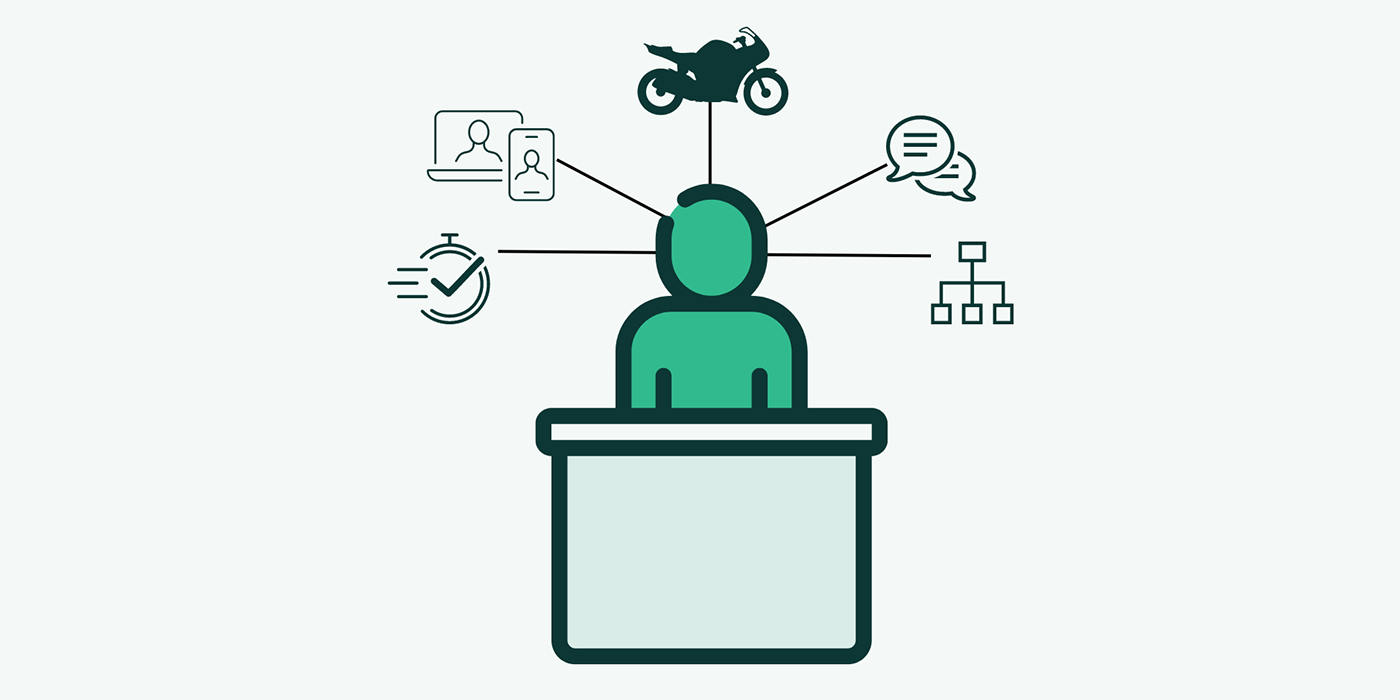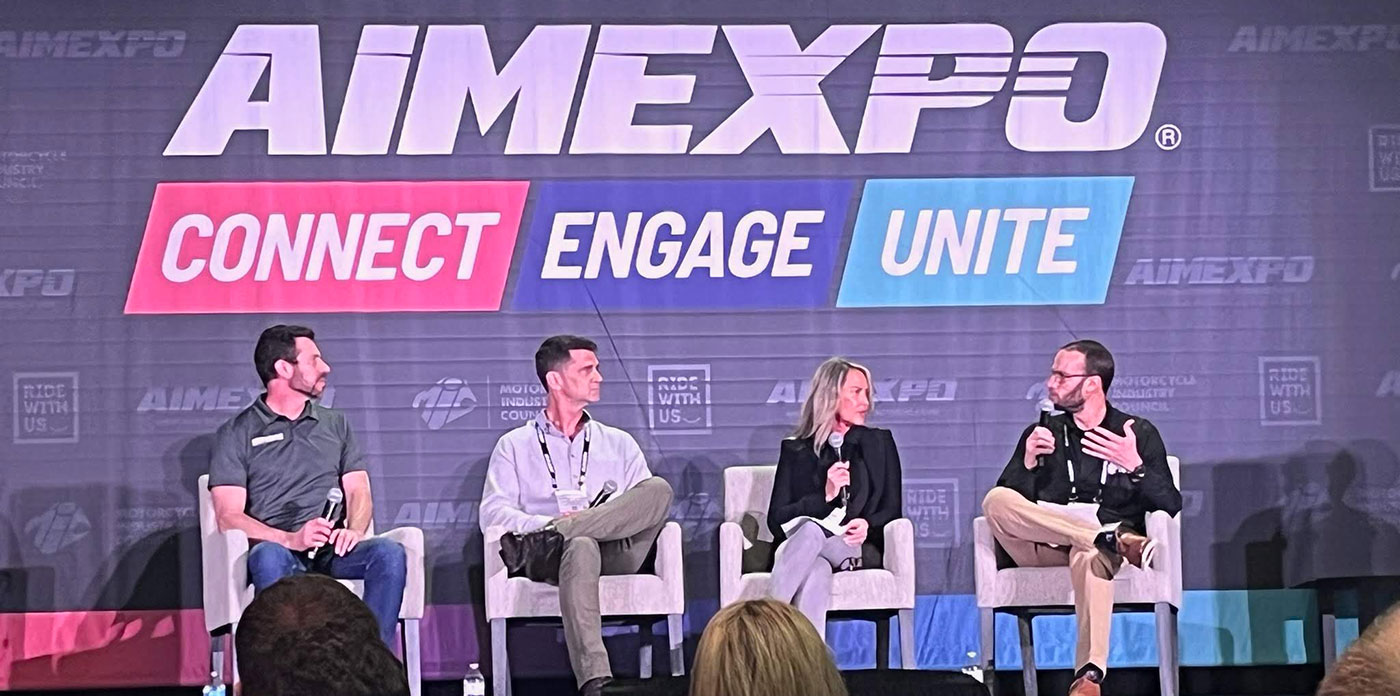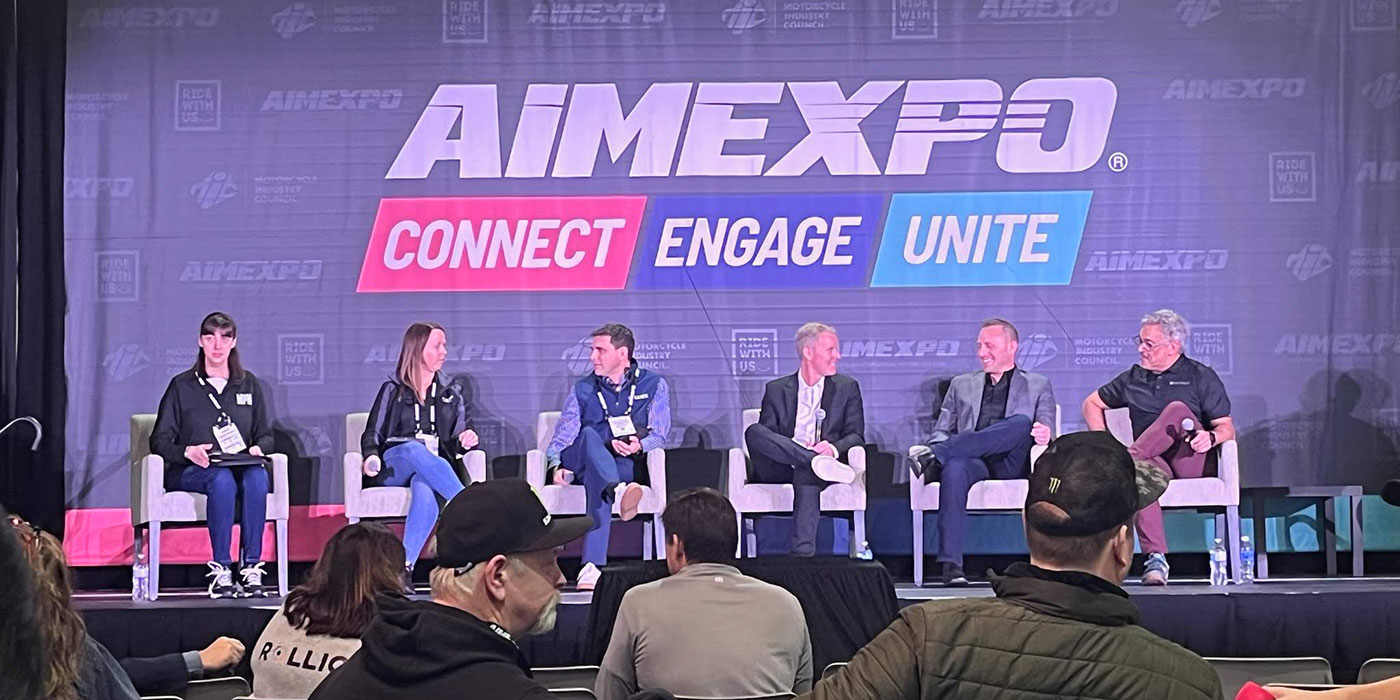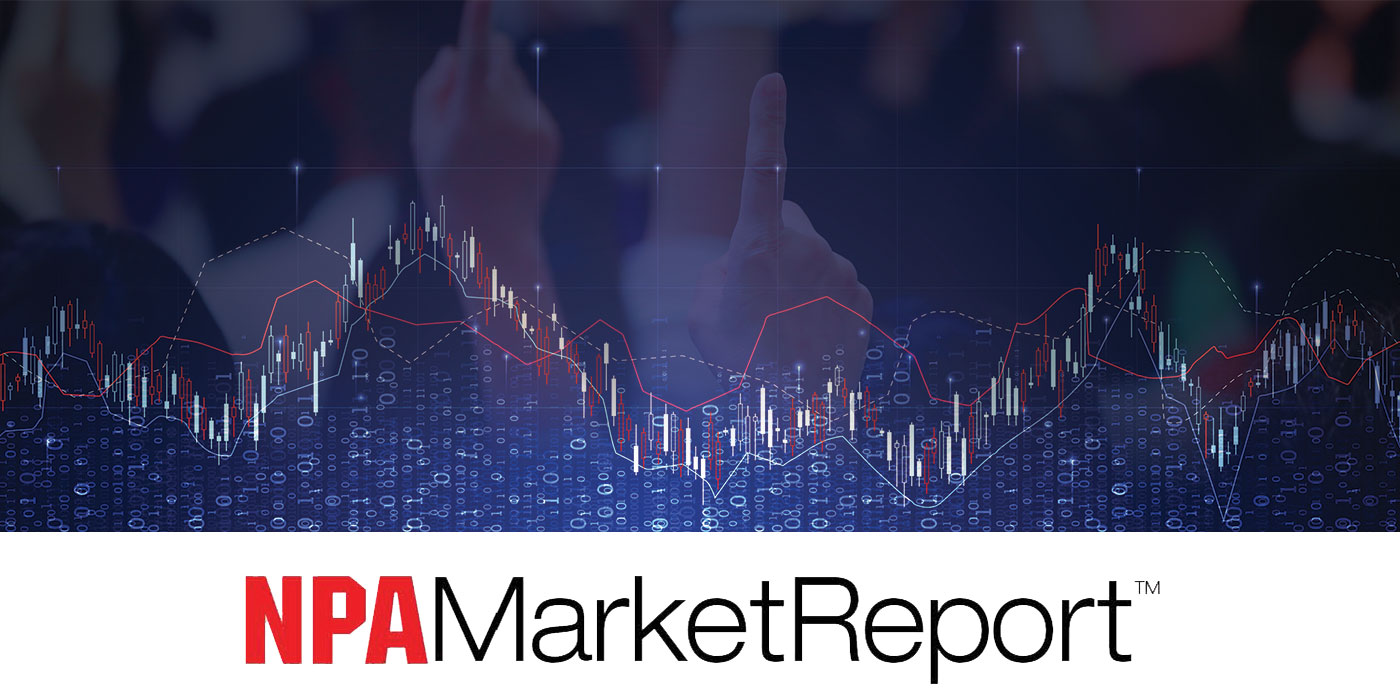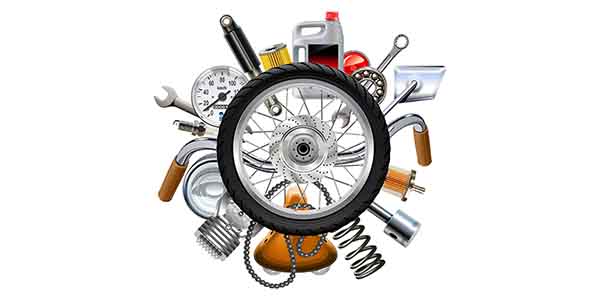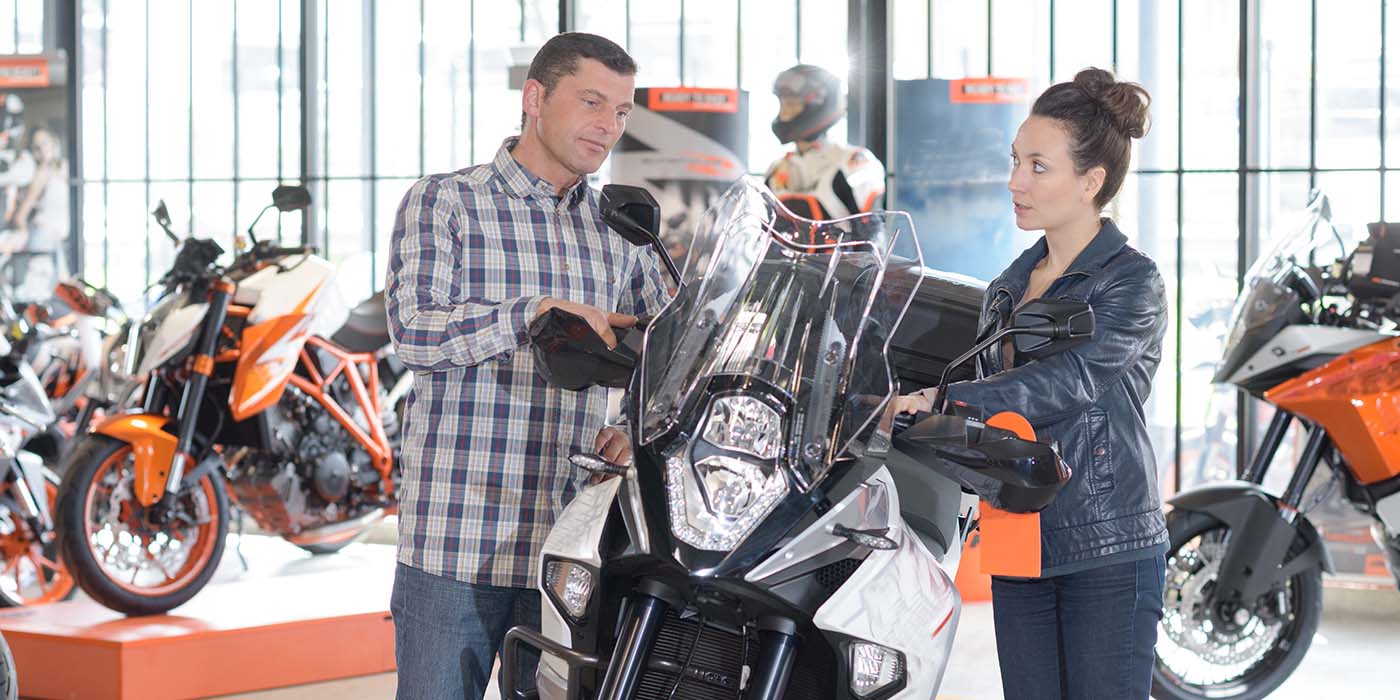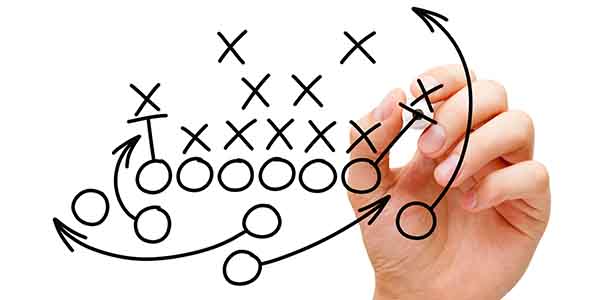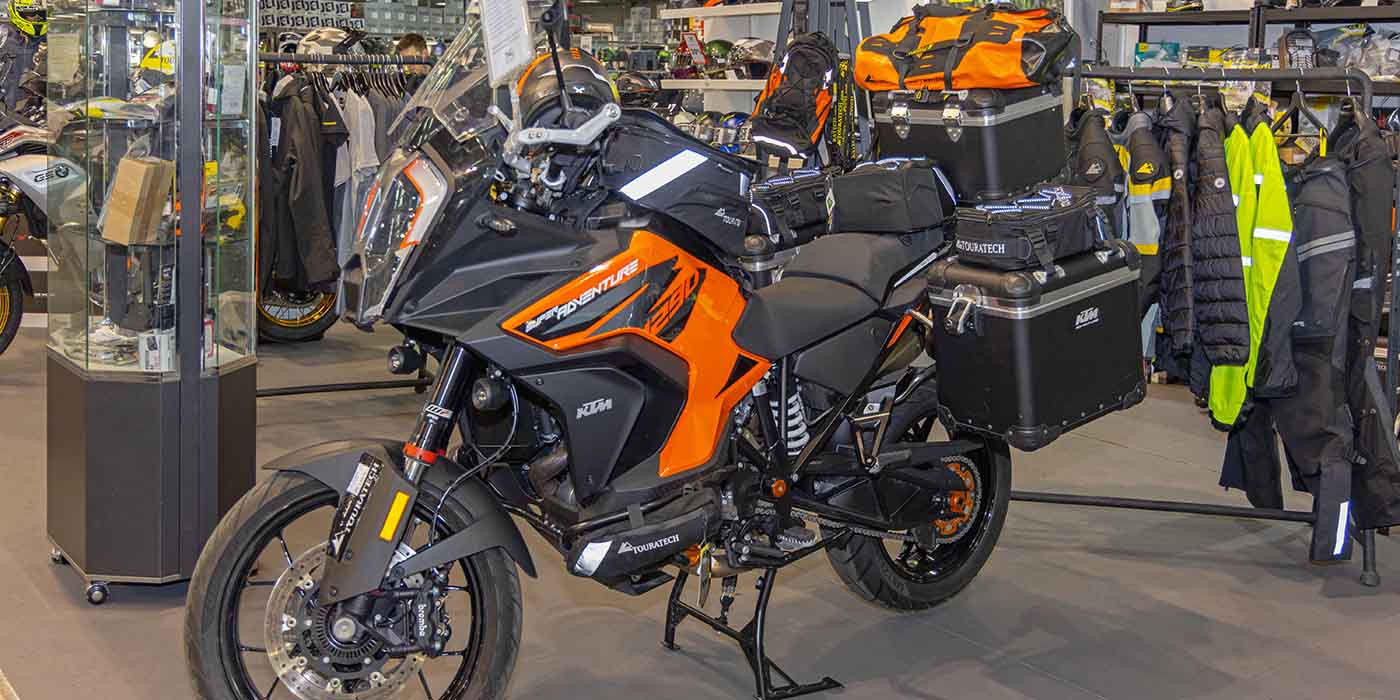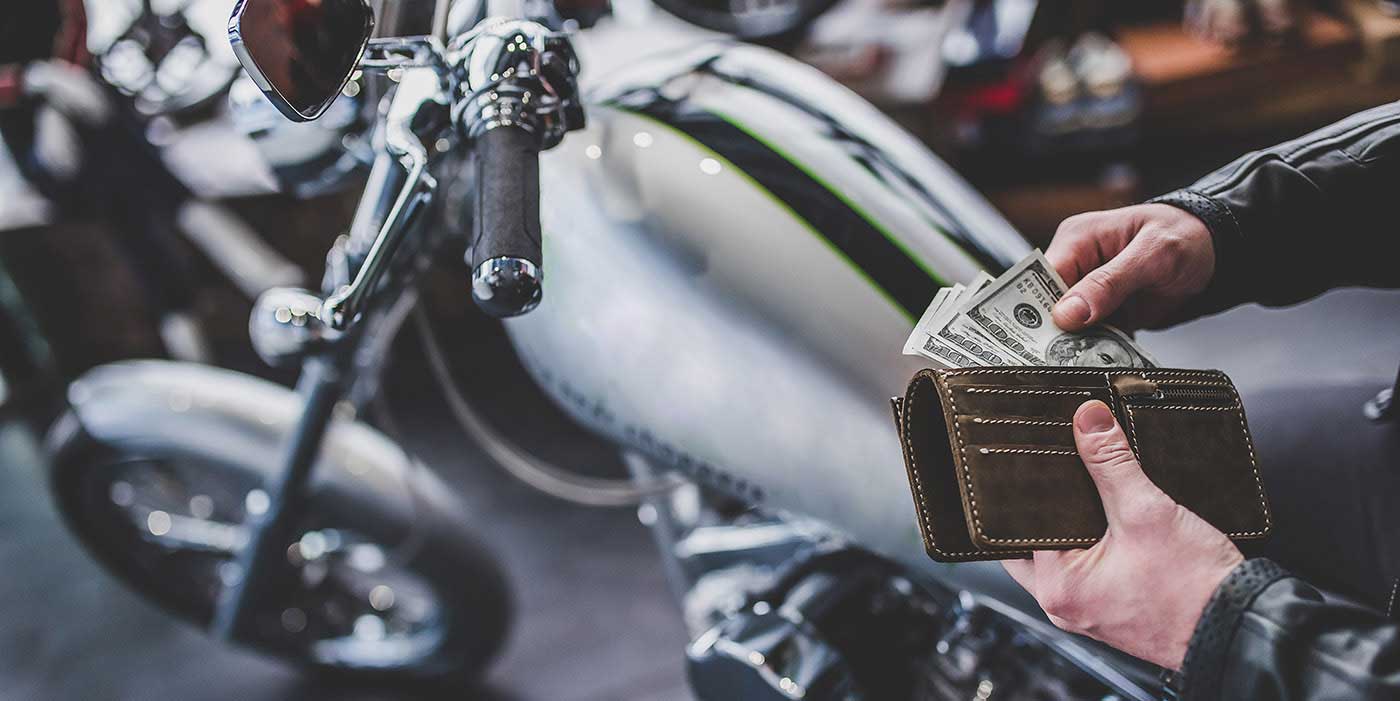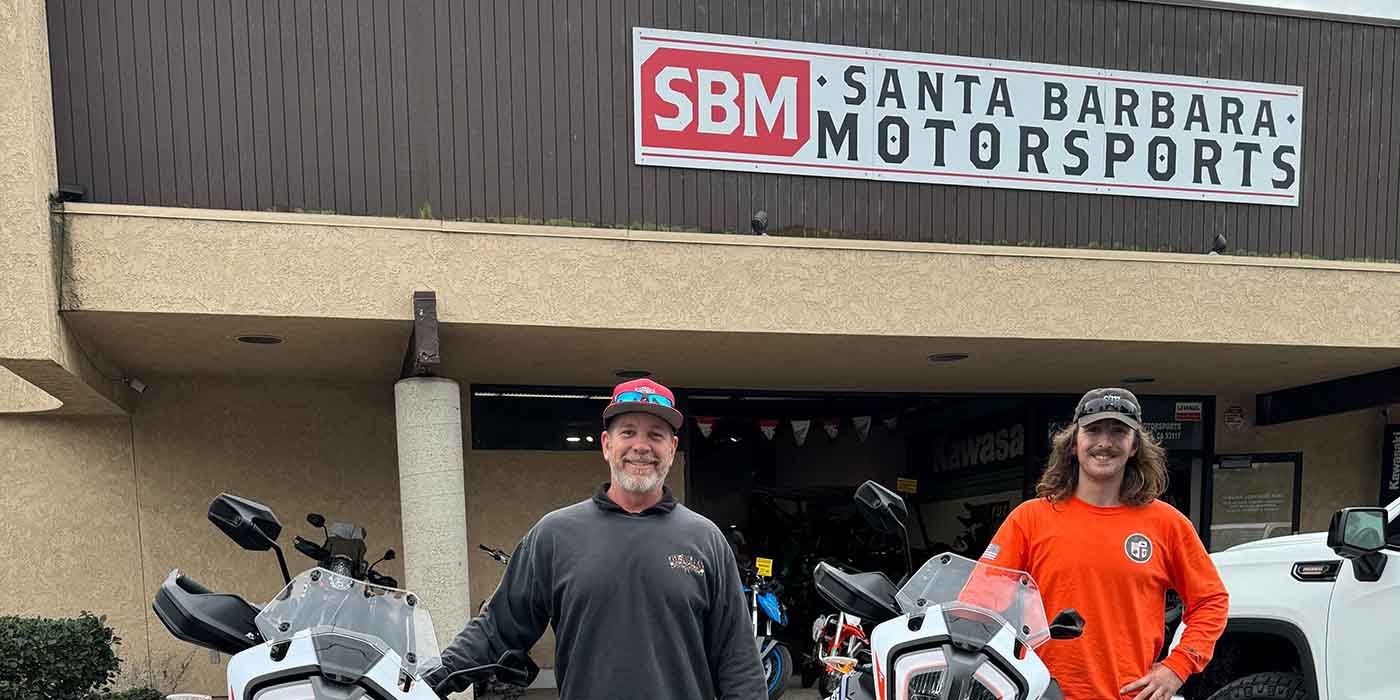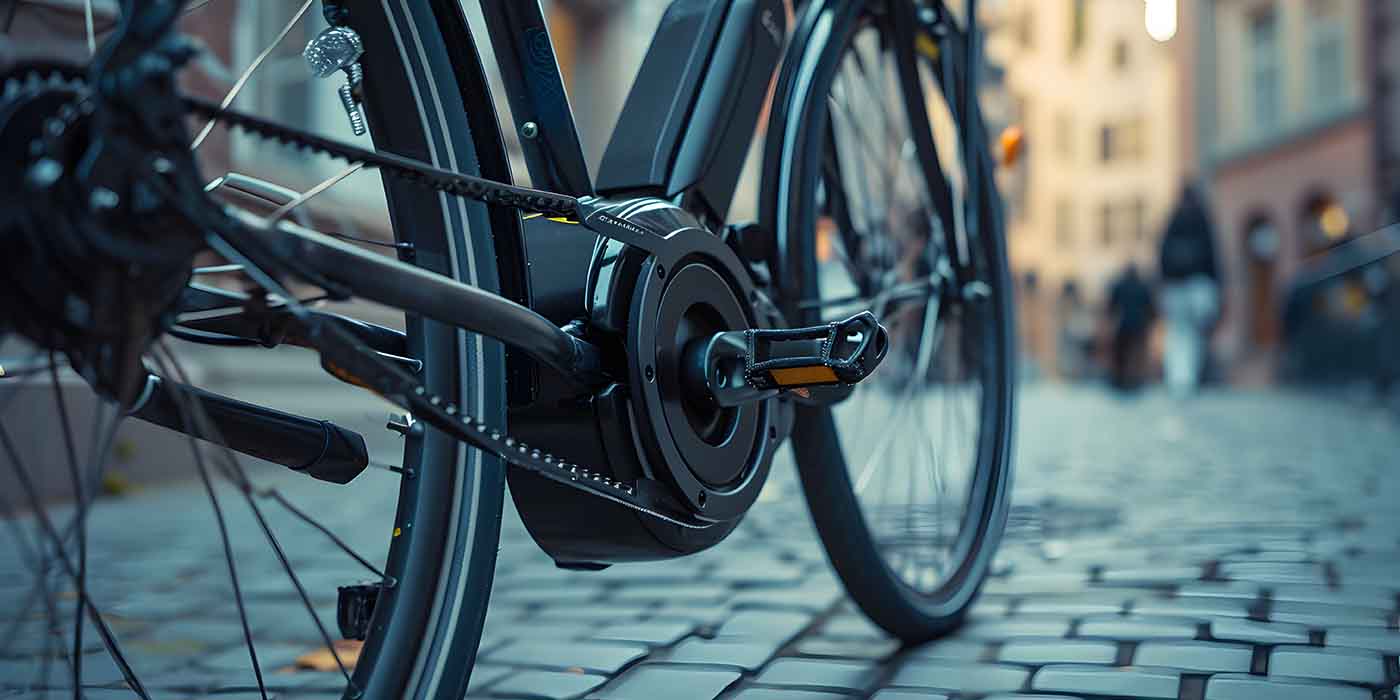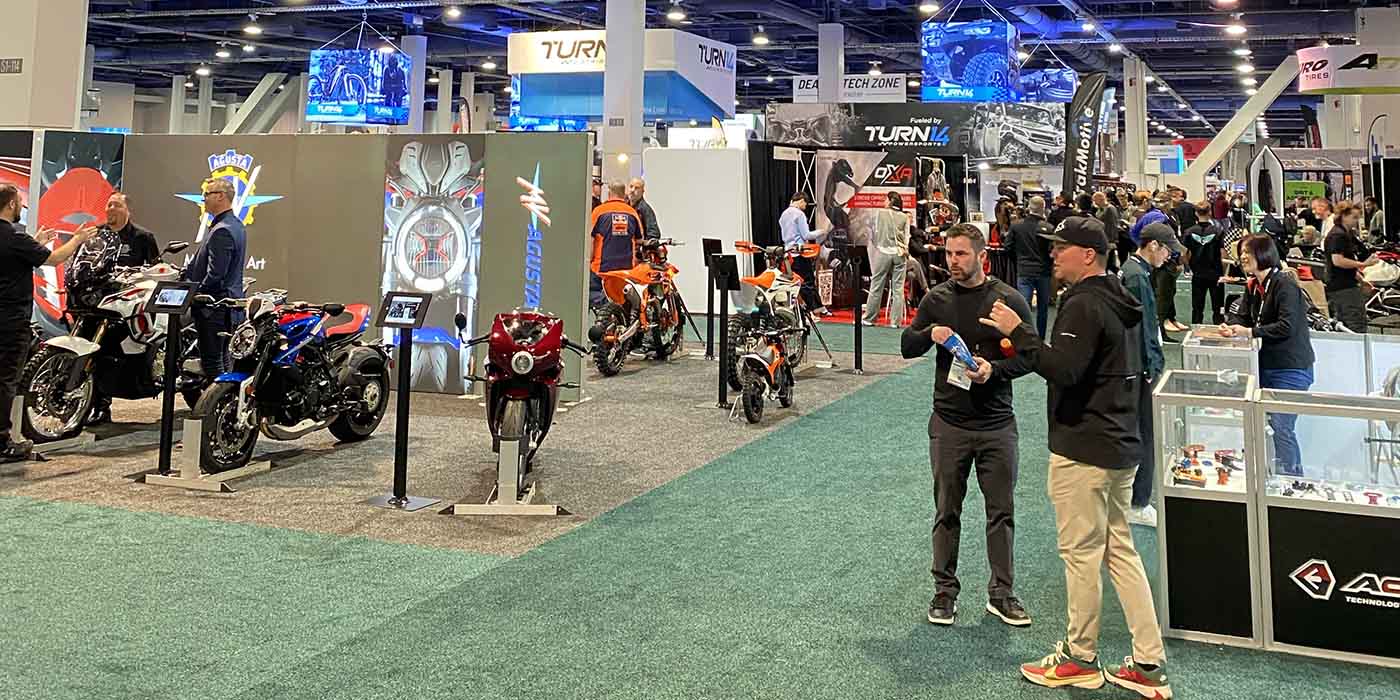In this three-part series, I will share with you how top-performing finance managers convince customers to finance with their dealerships instead of using their own financing or cash.
I would like to start by saying that conversions are successful about 10 to 20 percent of the time. This percentage shift adds between $50 and $250 to your per vehicle sold (PVS) average. This can make a huge difference to both you and the dealership.
The most important thing that a successful finance person can do is keep the customer’s ego out of the discussion. If a finance person comes across as telling the customer what to do with his or her money, the customer will defend him or herself. If, on the other hand, the finance person provides information that makes it easy for the customer to make the logical decision, then the help is appreciated and people go along for the ride.
Step One: Find out where the money is coming from
The easiest place to start this conversion is at the finance manager’s first meet-and-greet. I talked about this in March’s article, Meet the Customer Early, which is available in the MPN online archives.
After verifying that the customer’s information is correct, complete and legible, say, “The last piece of information I need is your lienholder’s address.” The customer might answer in a variety of ways, and you’ll be able to determine where the money is coming from and whether they have a lien-holder based on how they answer. It’s a reasonable question because you need this information in order to register the lien.
Step Two: Present your evidence
There are several different pieces of evidence that you can present based on how step one goes. In this article, I will cover the customer who wants to pay with money from their credit union only.
Credit unions typically cross-collateralize. In cross-collateralization, if the customer were to default (or, in some cases, even miss a payment), the credit union can take money from their savings, checking accounts or other investments. They could even repossess or foreclose on other loans in order to cover any amount owed to the credit union.
Credit union loans are typically payable upon demand. The credit union can demand payment in full at any time, regardless of your payment history. In many cases, the credit union’s decision to exercise this has to do with their financial situation rather than the customer’s. Banks do not have that ability. Dealership loans are, in most cases, payable upon default. If you make your payments on a bank loan, you have the right to continue to own that vehicle.
The dealership financing is quick and convenient – many credit unions take much longer for approval than dealership financing. The customer may need to visit the credit union in order to sign paperwork and collect a check. If your customer finances through the dealership, everything can be done on the spot, and he or she can leave with the bike in about an hour.
Step Three: Close
You want to include these word tracks when you ask a buyer to choose your financing plan:
- “I am not telling you what to do.” This further disarms the ego.
- “This loan can be paid off at any time.” If customers know that they can pay the loan off or refinance it at their bank, it’ll make them feel more comfortable going forward with your financing plan.
- “If it makes sense for you, did you want to go ahead and finance through us?” When you say this, it makes it hard for the customer to say no. It also allows you to back out if you’re not able to get someone approved. If they say yes, take their information, and assume they are going to finance with you.
I guarantee you this: every time you don’t swing, you miss. Swing for the fences every time, and it will always make a difference.
Steve Dodds II is a moderator, trainer and consultant for Gart Sutton and Associates with experience in every position in the sales and finance departments. Dealers rave about his ability to identify areas for improvement and implement the changes that produce superior results. If you have questions about what he or one of our other talented consultants can do for you, contact us at [email protected].

